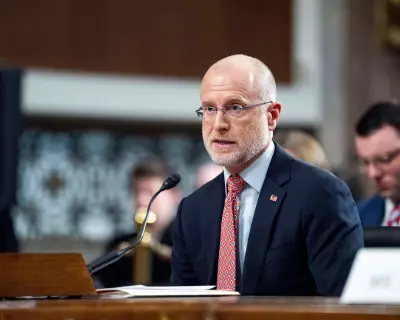
The disturbing case of a teenage cheerleader's murder that captured global attention through social media platforms is now the subject of a powerful new documentary. The killing of 13-year-old Tristyn Bailey, which saw unprecedented viral attention on TikTok, is being examined in ITV's latest true crime investigation.
The Viral Tragedy That Shocked the World
In May 2021, the brutal murder of Tristyn Bailey in Florida became an internet sensation for all the wrong reasons. The case gained notoriety not just for its horrific nature, but for how it spread across TikTok, with videos about the tragedy accumulating over one billion views worldwide.
The documentary explores the uncomfortable reality of how true crime content can become entertainment on social media platforms, raising important questions about digital ethics and sensitivity.
What the ITV Documentary Reveals
The programme delves into the details of the case that captured social media's attention:
- The background of 14-year-old Aiden Fucci, who pleaded guilty to first-degree murder
- How the case became a TikTok phenomenon with millions of users discussing the details
- The impact of viral attention on the victim's family and community
- Ethical concerns around true crime content becoming social media entertainment
The documentary aims to provide a more nuanced understanding of the case beyond the viral headlines, focusing on the human tragedy at its core.
The Dark Side of True Crime on Social Media
This case represents a growing trend where real-life tragedies become content for social media consumption. The programme examines how platforms like TikTok have changed how society engages with true crime, sometimes at the expense of victims and their families.
Experts featured in the documentary discuss the psychological impact of such viral attention and the importance of maintaining respect for victims while consuming true crime content.
The documentary serves as both a cautionary tale and an important conversation starter about our relationship with real-life crime stories in the digital age.





